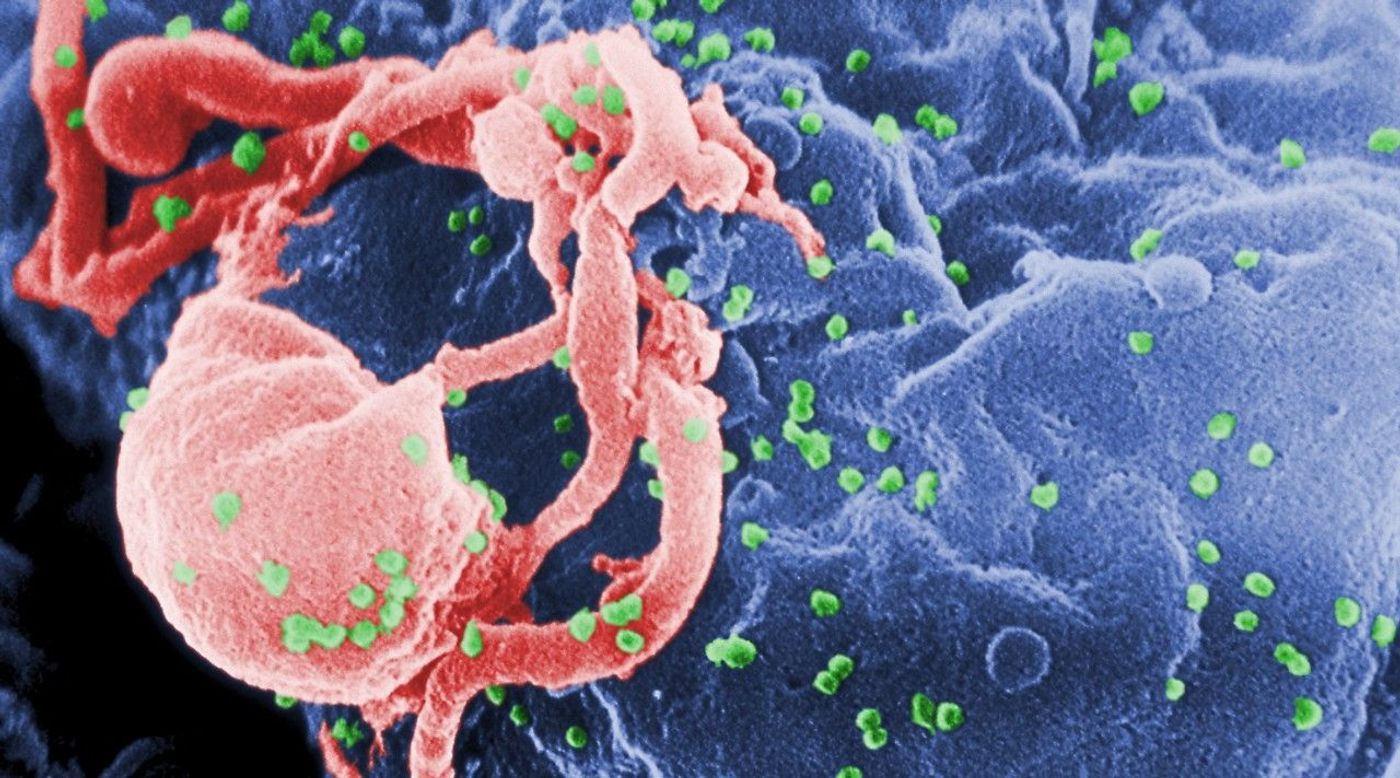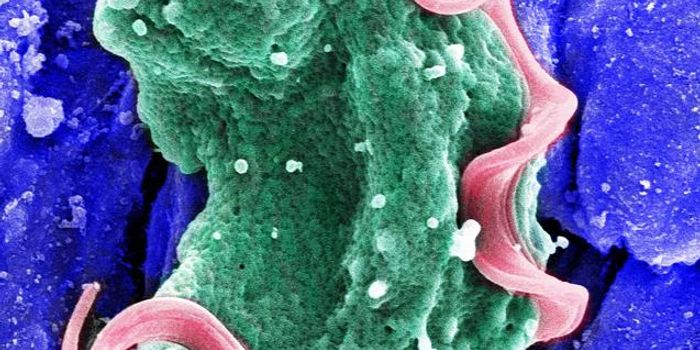Playing Hide and Seek with Latent HIV
The ability of HIV to hide in the body’s own immune cells is what makes an HIV infection an infection for life. But maybe it doesn’t have to be this way, suggests new research from scientists at the Gladstone Institutes. Novel findings show that an enzyme tied to HIV latency regulation might provide a new option for therapeutic HIV targeting.
Existing drug therapy for HIV infections, which is not devoid of adverse effects, is characterized by a regimen required indefinitely to keep the virus at bay; there is no guarantee that the drugs will ever completely deplete the population of latent HIV hiding in the body. Latent HIV sets up shop in the body early during HIV infection, hiding in the most unlikely of places: T cells themselves. These viruses remain dormant but essentially act as a backup team if drugs kill the rest of the active troops. While constant drug therapy is one way to combat HIV infection, scientists are now ready for a method of eliminating all signs of HIV within a person once and for all.
The “Shock and Kill” Strategy
Combination of drugs to induce the latent HIV to become active again, draw the virus from out of the shadows where it is more vulnerable. Then, the immune system can target and kill any remaining HIV. This approach may seem like the obvious solution, so why haven’t researchers accomplished it yet? Apparently, reactivating dormant HIV is a difficult task. However, the enzyme SMYD2 seems to be the key to success.
"Our study focused on a class of enzymes called methyltransferases, which have emerged as key regulators of HIV latency," explained senior investigator Melanie Ott, MD, PhD. Ott and her team scanned more than 50 of the methyltransferases to identify SMYD2 as capable of manipulating HIV latency in T cells. Soon after this identification, SMYD2 became the new potential therapeutic target in the fight against HIV.
Ott and her team, alongside partner Warner Greene, MD, PhD, tested molecules that could inhibit SMYD2 and subsequently, reactivate latent HIV hiding in T cells. The tests were successful.
“Our findings provide the basis for a new model of HIV latency wherein SMYD2 contributes to durably repressing the latent virus," said Ott. "Though we are still far from a human application, it is exciting to know that data from this study might readily connect with clinical efforts."
The present study was published in the journal Cell Host & Microbe.
Source: Gladstone Institutes









